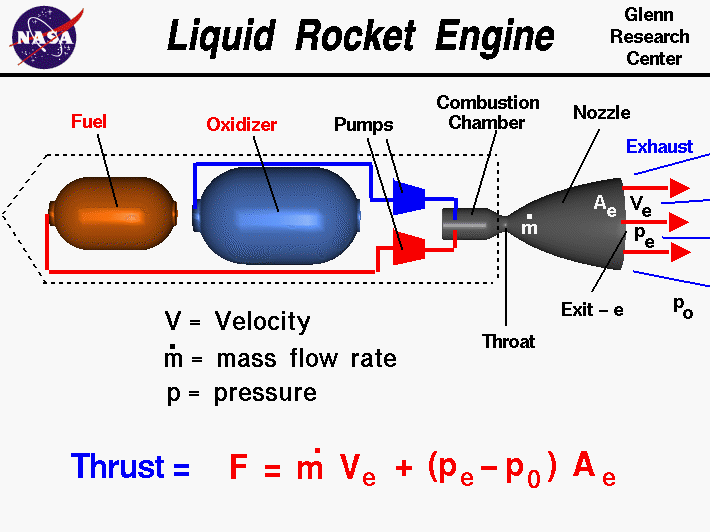Here's a topic that you'd probably expect. "What is my favorite aircraft?" I honestly don't have a single favorite aircraft. I really like airplanes so I can't pick one. For small prop planes; I like the Cessna Caravan and the 172/182's. I like the caravan because it's pretty much a van with wings. You can configure it for a vacation with your friends, carry cargo, or give it a limo style interior. The 182 was the first plane I ever flew so it have memories attached to it and same with the 172; both used by Civil Air Patrol.

For Cargo aircraft, Ill go with the C-130 because of its versatility. I wouldn't be able to guess all the different roles it can take on. Fire fighting, gun ship, vehicle transport, reconnaissance, refueling, and even pick people up off the ground.
The right one isn't a real C-130 but I'm sure they can make the plane do that if they really wanted to. For fighter jets, it's the F-22. Bombers would be B-1. I like the B-1 because of its speed and maneuverability compared to the B-2 and B-52.
 |
| B-1 |
 |
| F-22 |








